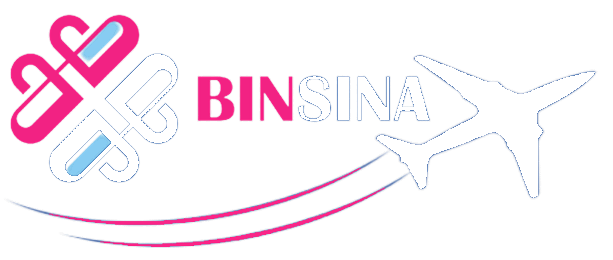Iran’s diverse climate produces more than 7500 plant species—about 1800 of which are considered medicinal. Iran also has an impressive heritage of medico-pharmaceu- tical knowledge. One of the main sources of this medical knowledge comes from the ancient inhabitants of Persia who wrote Avesta (the holy book of Zoroastrians). This book mentions numerous medicinal plants with their indi- cations and five categories of physicians including herbal physician. With the establishment of the Islamic state in Iran and neighboring lands in the seventh century, a new era of arts and medicine came into being that was later disseminated into Europe, which inf luenced the European Renaissance. Iranian scholars such as Rhazes (Razi) and Avicenna (Ibn-Sina) played a major role in this advancement. The introduction of Western medicine in 1850 CE eventually supplanted much of Iran’s traditional medicine. Iran’s specific geographical position and variable climates make it unique in the world with its diverse climatic conditions. Among its 12 different geographic environments, Iran is divided into 5 major climates including Mediterra- nean, Desert and Half-desert, Warm-Humid, Warm-Dry, and Mountainous. Due to this variety of climate, more than 7500 plant species grow in Iran, and about 1800 of those species are considered medicinal. Among these species, some are not found in any other part of the world. The rich floral biodi- versity in Iran has its origin mostly from diverse climate conditions and partly from its great trade routes to India and China. During the Sassanid dynasty in the sixth century CE, Burzūya (Perzoes in Latin), one of the famous physicians sent to India, brought many Indian medicinal plants into Persia. The trade of medicinal plants between Persia and India throughout history had an important influence on the Iranian medicinal plant heritage. The Iranian people are largely descendants of the Medo-Persians, an Indo-European culture, thus making Iranians more closely related to Afghanis, whose original language is Persian, than their Arab/Semitic neighbors. The traditional knowledge on medicine and pharmacy in Persia is an amalga- mation of the prehistoric beliefs and practices of early inhabit- ants of the Mesopotamian plains, plus that of the later Babylo- nians, Assyrians, Elamites, and other ancient civilizations.
Recent Changes in Herbal Medicine
During the last 2 decades there have been appreciable changes in the attitudes of the general public as well as medical and pharmaceutical authorities towards medicinal plants and herbal products.
Serious attempts have been made to promote traditional medicine (TM) and to avoid possible misuse of other TM and CAM systems. Reform has been carried out within the framework of a national drug policy (NDP) toward the promotion of TM/CAM implementations of technical guidelines for ensuring quality, safety, and efficacy of herbal medicines and other approved TM/CAM products. These reform measures establish an effective system for regu- lation, quality assurance, and the rational use of herbal drugs according to World Health Organization (WHO) recom-mendations.33 The expert committee on medicinal herbs has formulated a separate regulation for herbal products under the supervision of the Ministry of Health and Medi- cal Education.32 This panel of experts is also charged with evaluating the safety and efficacy of herbal products.34 The Iranian Academy of Medical Sciences has taken steps to revive and promote traditional and herbal medicines and to integrate Iranian traditional medicine into the scientific conventional medical system.33 The primary health care system in Iran is internationally acknowledged as one of the best in the world as reported by UNICEF.
